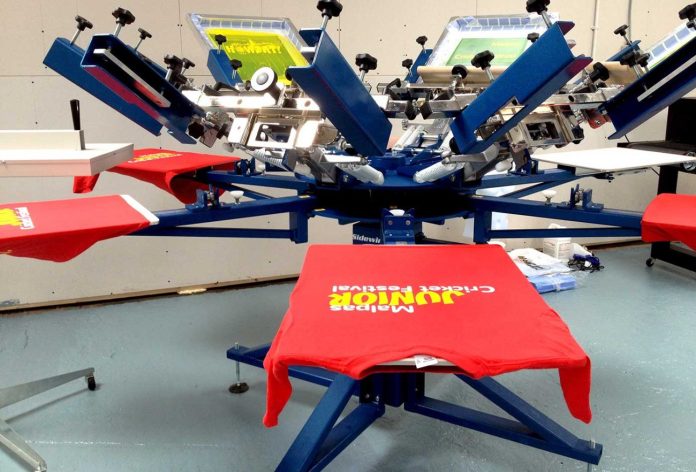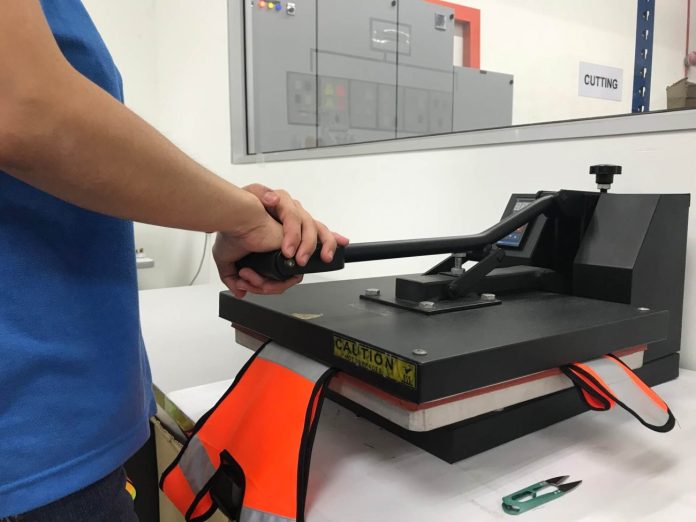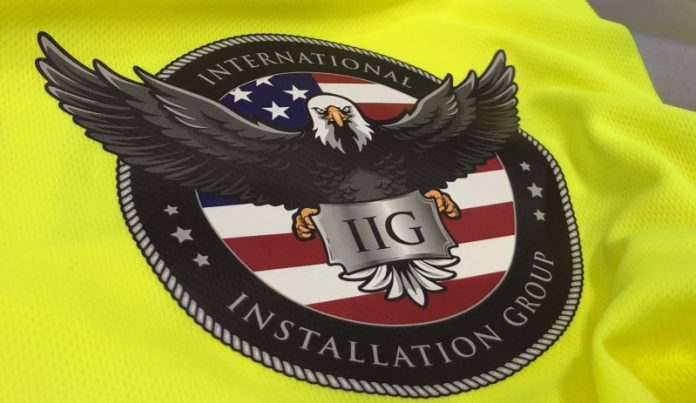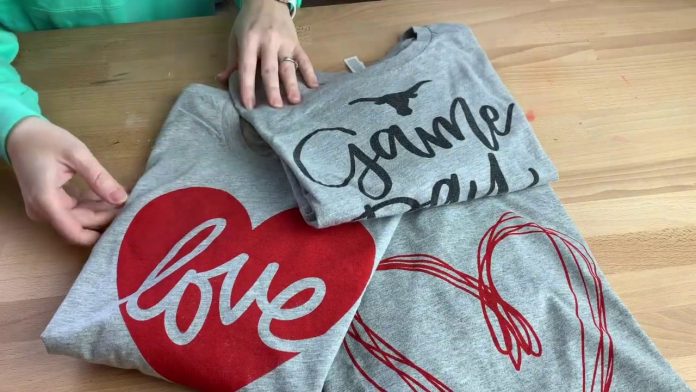There are many methods of printing designs onto fabric, but screen printing and heat press transfer are two of the most popular. So, what’s the difference between the two? Many people don’t know the difference between these two methods. This article will explore the differences between screen and heat press transfer techniques.
What Is Screen Printing?
This is a technique that involves creating a stencil (a positive image) and using it to transfer ink onto the desired surface. The stencil is created by blocking off areas of a screen so that only the desired image remains. The ink is then forced through the screen onto the printing surface using a squeegee. It is a popular method for a variety of surfaces, including t-shirts, posters, fabric, and even glass. It is a versatile technique that can be used to create a wide range of designs.
Advantages:

- If you are looking for a print technique for bulk orders, such as needing to print 1,000 units, it can be cost-effective and isn’t limited in size like other types of techniques.
- It produces bright fabrics with a softer feel while touching. Screen-printed garments are long-lasting and can withstand the harshness of a washing machine.
Disadvantages:
- It is not recommended for small orders. It is the best option for bulk orders.
- It has a problem with multi-coloured designs. In most cases, it can only work with one or two shades. This is why one color should be used per screen.
- You will need 20 screens if you are working with multiple colors. The machine must pass through these screens to obtain the preferred print.
- If you work with complicated colors, it can delay your turnaround time.
What Is Heat Press Transfer Printing?
Heat press transfer is a method of printing that uses heat and pressure to transfer an image onto a surface. This method is commonly used for fabrics but can also be used on other materials such as wood, metal, and glass.
Heat press transfer is a versatile printing method used for various applications. For example, it can be used to create custom t-shirts, posters, and even mugs. This technique may be the perfect solution if you’re looking for a unique printing method for your next project.
Advantages:

- A heat press is both clean and environmentally friendly. Screen techniques can be dangerous if you have health concerns because of the many chemical combinations.
- The heat press method makes high-quality garments using special ink and advanced software packages. This allows for greater flexibility and makes your job easier.
- A heat press can be used in place of screen printing that uses one color.
- The heat press is easy to use and affordable. You can print your own designs using this method. Screen methods can be expensive and require special chemicals and equipment.
Disadvantages:
- The process of mass-producing garments will take time.
- Not give long-lasting results. Your t-shirt may feel bulky if you try to layer multiple colors.
Heat Press vs. Screen Printing: Differences
The two most common printing methods for apparel are heat pressing and screen printing. Both methods have advantages, but it all depends on what you are trying to accomplish.
Screen printing is required for each layer color. This makes it best suited to projects with only a few colors. Although it is more costly, the quality of the printed results is usually better. Although heat pressing is more economical and does not require as many screens to produce the desired results, it can fade quickly and be less durable.
Durability
The screening process is more durable than the heat transfer method. The ink used for screen printing is more viscous and can resist greater wear and tear. The ink used for heat pressing is usually thinner and can eventually fade or peel. This works well for projects that require a very short print life. However, if you need the print to last longer, you can use screen printing.
Ink Coverage Width
While wiping the fabric down rather than pressing it, the screen allows ink to flow more evenly onto the fabric. Screen printing is better for large areas of fabric. It works well when you have small quantities of logos or complex images to heat-press, such as on t-shirts.
Speed

Heat pressing is faster than screen printing. Heat pressing is better if you need to print large quantities quickly. Heat pressing will take longer if you want to print high-quality images for your family or yourself.
Cost
Although the heat method is more economical than screen methods for some projects, the actual cost will vary. The specific machine that is used to finish the task is what drives the price difference. Although screen printing equipment is more expensive than heat pressing machinery and delivers more promising outcomes, the former is best for larger projects. Also, check out printcafeli.com for custom printed apparel at a very affordable price.
Garment and ink quality
The heat pressing process employs a transfer technique to spread the ink. This produces less detail as compared to screen printing. The screening method utilizes an etched mesh, which leaves behind ink when it’s pushed into the fabric. This produces a better quality image and more detailed results.
Difficulty
The heat transfer method is much easier than screen printing. It doesn’t require special chemicals or equipment and has a very low learning curve. The screening technique is expensive. You must purchase many chemicals and equipment to roll out your business.
Bottomline
This is the difference between screen printing and heat press. Although screen printing is an old-fashioned method, better tools and equipment can be used to design your fabrics. The heat press is the best choice for multi-colour designs. However, it will require you to examine the machine’s quality. Most of the designs are not durable. Screen printing is a great option for quality and lasting designs. However, there’s one problem. Multi-colour graphic designs can be printed. This is not the best option for complex designs. This route will require many screens.




